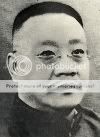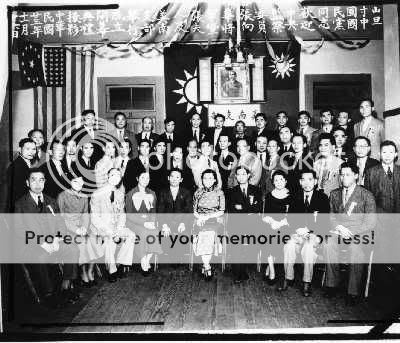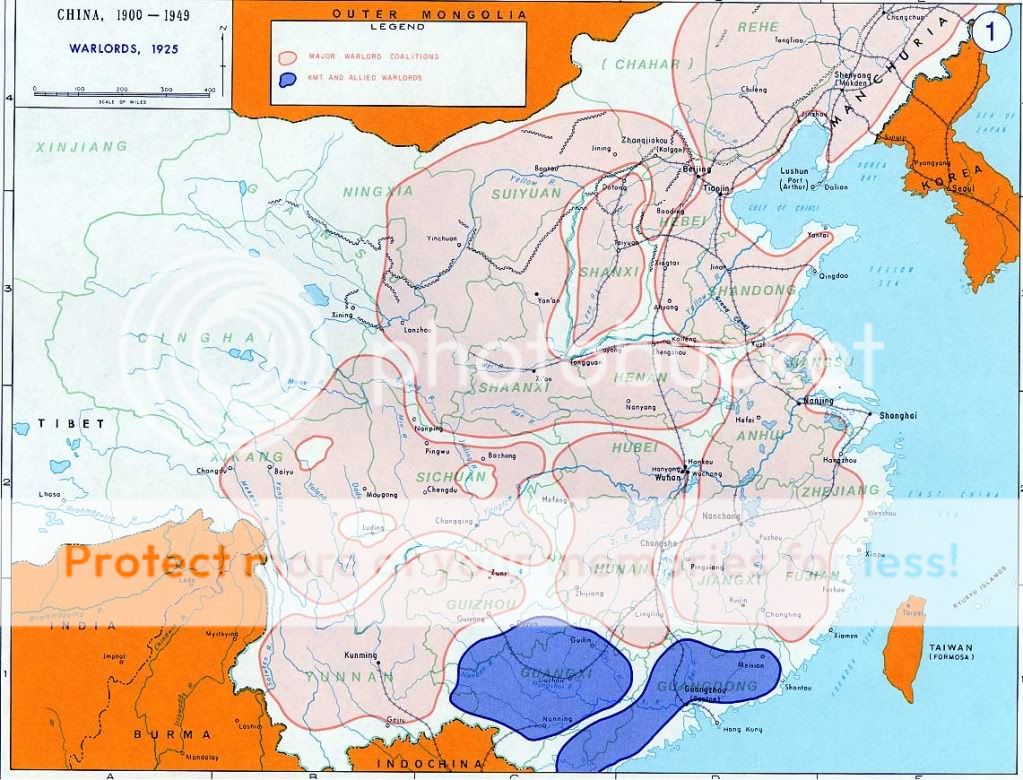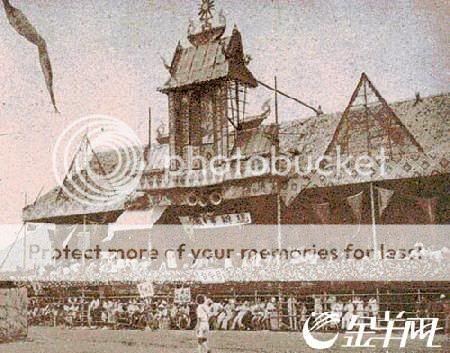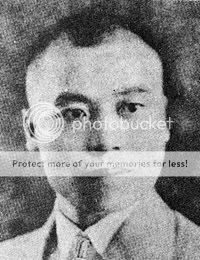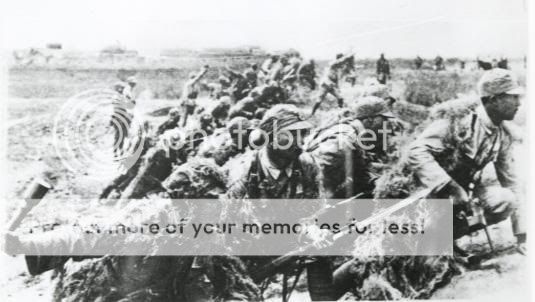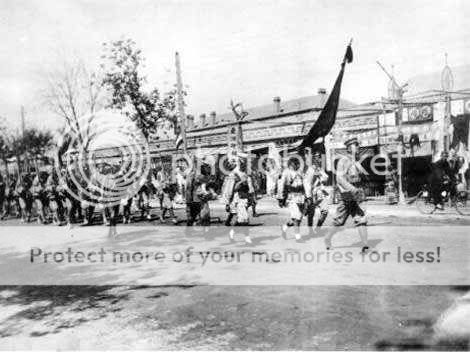Ok this is just a little teaser, I haven't got much written on this and there may be some time before I start the post proper as I am also working on my other TL Not By a Mine, but I couldn't hold back for posting this, consider it a trailer for the TL to come.
Flaming Dragons
Chiang Kai-Shek was one of the most prominent and influential figures of the Republic of China and for a time he was in command of the most populous nation on Earth, though this was at a time of great conflict through the entire world. By 1949 he managed to lose everything he had worked his whole life to acquire and left to Taiwan, never to return to the mainland. In the early days of the Kuomintang before it had succeeded in gaining recognition from the rest of the world, there were other leaders who contended for power with Chiang, it was by no means certain that he would come out on top. Chiang had no shortage of enemies and had to do much to solidify his power in the party. But what would happen if he never had the chance to come to power?
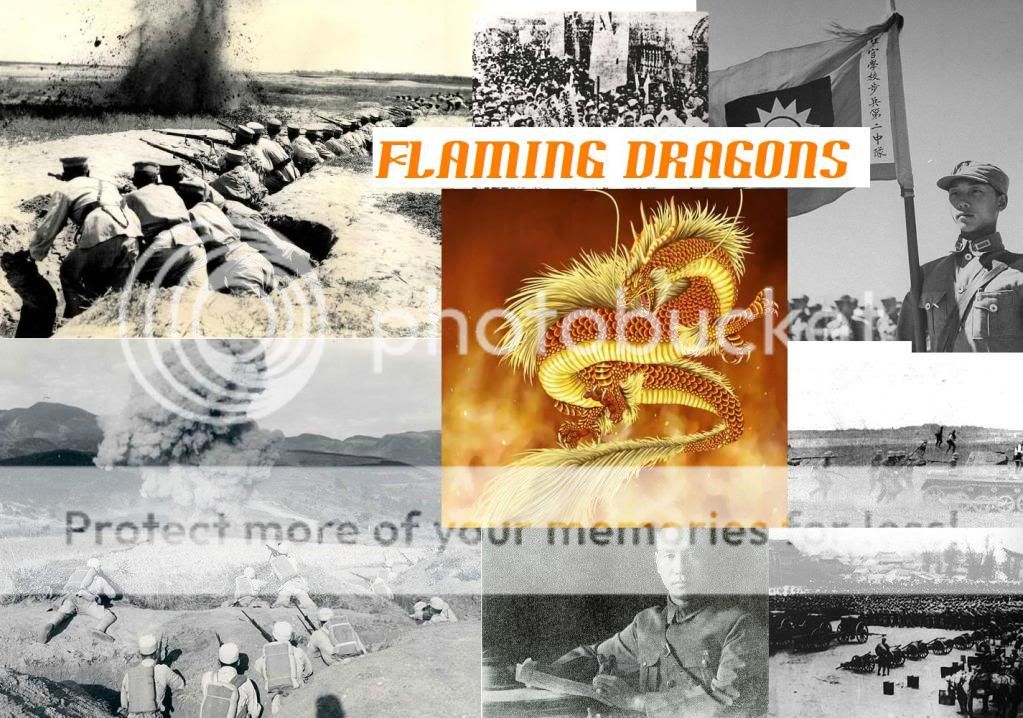
Prologue-When Worlds Collide
18 June 1990
Washington D.C.
United States of America
“Mr President, it’s started sir” said General Brian Vuono, Chairman of the Joint Chiefs of Staff.
President Alexander Haig looked up at the newly installed electronic map and watched the real time simulation of military forces crossing the border of the Amur River as well as movements in Turkestan and Chinese Mongolia. In addition to that, numerous large, red blots marked the site of missile and aircraft launches from multiple locations in China and Russia.
“May God have mercy on their souls” he said, he had seen the horrors of war well enough himself, having fought in both the Indonesian War and the South American War, and he had tried to get both General Secretary Lukyanov and President Zhuang to see reason over the issue. Unfortunately it had all come to nought and now two of the world’s superpowers and most populous nations were engaging in a complete war. If it went nuclear, the devastation would be immense, not just to the two combatants and their allies, but to every other nation on Earth. So far both governments had pledged to Haig that they would respect the Stockholm Proclamation and not use their nuclear arsenals, but if one of them grew desperate enough, it could be enough to make them unleash their radioactive weapons and if one of them started, the other would certainly retaliate in kind. Russia had more than 28,000 nuclear weapons available including a sizeable number of GRM’s [1] while the Chinese had about 20,000.
The president looked around at everyone in the room, most of them had concerned faces with the exception of General Harold Fuller and Secretary of State John Rumsfeld. Haig posed a question to Rumsfeld.
“What do you think John? Is it likely to go nuclear?”
“Hard to say one way or the other, Mr President. Both Lukyanov and Zhuang are practical men and realise a nuclear war is in neither of their best interests, but... they are both ruthless, determined men and Lukyanov has enough of a cruel streak that he might start firing nukes if he thought he could win it, regardless of any collateral damage. Remember he didn’t hesitate to order a missile strike on an entire city during the Stalingrad Barracks Uprising.”
Lukyanov was well known for being the most ruthless dictator of the Soviet Union since Josef Stalin, though Lukyanov didn’t have Stalin’s paranoia and ran a reasonably efficient nation, rather than the up and down charnel house of the 1930s [2]. If any leader could start a nuclear war it would be him.
General Fuller spoke up after him “Mr President, short launching our own nukes, there’s little we can do to contain this conflict. All American military forces from Scandinavia to Japan on full alert, but in case anything spills over form this, but I imagine that we’re only going to be the neutral observers in this war.”
Haig glanced over at the blue phones with direct lines to both Moscow and Nanjing [3]. More than anything he hoped that the both leaders would show some restraint and open up communications. If either side started firing their nukes he suspected that the damage would be catastrophic, with the potential that it could result in the nuclear nightmare scenario that had long been envisioned since the beginning of the Stalemate War. He continued watching the screen for several more minutes until a loud beeping sound started issuing from it.
General Vuono looked him directly in the eyes and said “Mr President, we have a missile launch from Gladkaya.”
[1] Global Reach Missiles.
[2] This refers to the fact that in the early Stalinist days of the Soviet Union it was easy for someone to get promoted if Stalin liked them, but just as easy for someone to quickly fall and be sent to a gulag on the slightest whim.
[3] Nanjing is the capital of the Republic of China.
Flaming Dragons
Chiang Kai-Shek was one of the most prominent and influential figures of the Republic of China and for a time he was in command of the most populous nation on Earth, though this was at a time of great conflict through the entire world. By 1949 he managed to lose everything he had worked his whole life to acquire and left to Taiwan, never to return to the mainland. In the early days of the Kuomintang before it had succeeded in gaining recognition from the rest of the world, there were other leaders who contended for power with Chiang, it was by no means certain that he would come out on top. Chiang had no shortage of enemies and had to do much to solidify his power in the party. But what would happen if he never had the chance to come to power?

Prologue-When Worlds Collide
18 June 1990
Washington D.C.
United States of America
“Mr President, it’s started sir” said General Brian Vuono, Chairman of the Joint Chiefs of Staff.
President Alexander Haig looked up at the newly installed electronic map and watched the real time simulation of military forces crossing the border of the Amur River as well as movements in Turkestan and Chinese Mongolia. In addition to that, numerous large, red blots marked the site of missile and aircraft launches from multiple locations in China and Russia.
“May God have mercy on their souls” he said, he had seen the horrors of war well enough himself, having fought in both the Indonesian War and the South American War, and he had tried to get both General Secretary Lukyanov and President Zhuang to see reason over the issue. Unfortunately it had all come to nought and now two of the world’s superpowers and most populous nations were engaging in a complete war. If it went nuclear, the devastation would be immense, not just to the two combatants and their allies, but to every other nation on Earth. So far both governments had pledged to Haig that they would respect the Stockholm Proclamation and not use their nuclear arsenals, but if one of them grew desperate enough, it could be enough to make them unleash their radioactive weapons and if one of them started, the other would certainly retaliate in kind. Russia had more than 28,000 nuclear weapons available including a sizeable number of GRM’s [1] while the Chinese had about 20,000.
The president looked around at everyone in the room, most of them had concerned faces with the exception of General Harold Fuller and Secretary of State John Rumsfeld. Haig posed a question to Rumsfeld.
“What do you think John? Is it likely to go nuclear?”
“Hard to say one way or the other, Mr President. Both Lukyanov and Zhuang are practical men and realise a nuclear war is in neither of their best interests, but... they are both ruthless, determined men and Lukyanov has enough of a cruel streak that he might start firing nukes if he thought he could win it, regardless of any collateral damage. Remember he didn’t hesitate to order a missile strike on an entire city during the Stalingrad Barracks Uprising.”
Lukyanov was well known for being the most ruthless dictator of the Soviet Union since Josef Stalin, though Lukyanov didn’t have Stalin’s paranoia and ran a reasonably efficient nation, rather than the up and down charnel house of the 1930s [2]. If any leader could start a nuclear war it would be him.
General Fuller spoke up after him “Mr President, short launching our own nukes, there’s little we can do to contain this conflict. All American military forces from Scandinavia to Japan on full alert, but in case anything spills over form this, but I imagine that we’re only going to be the neutral observers in this war.”
Haig glanced over at the blue phones with direct lines to both Moscow and Nanjing [3]. More than anything he hoped that the both leaders would show some restraint and open up communications. If either side started firing their nukes he suspected that the damage would be catastrophic, with the potential that it could result in the nuclear nightmare scenario that had long been envisioned since the beginning of the Stalemate War. He continued watching the screen for several more minutes until a loud beeping sound started issuing from it.
General Vuono looked him directly in the eyes and said “Mr President, we have a missile launch from Gladkaya.”
[1] Global Reach Missiles.
[2] This refers to the fact that in the early Stalinist days of the Soviet Union it was easy for someone to get promoted if Stalin liked them, but just as easy for someone to quickly fall and be sent to a gulag on the slightest whim.
[3] Nanjing is the capital of the Republic of China.

